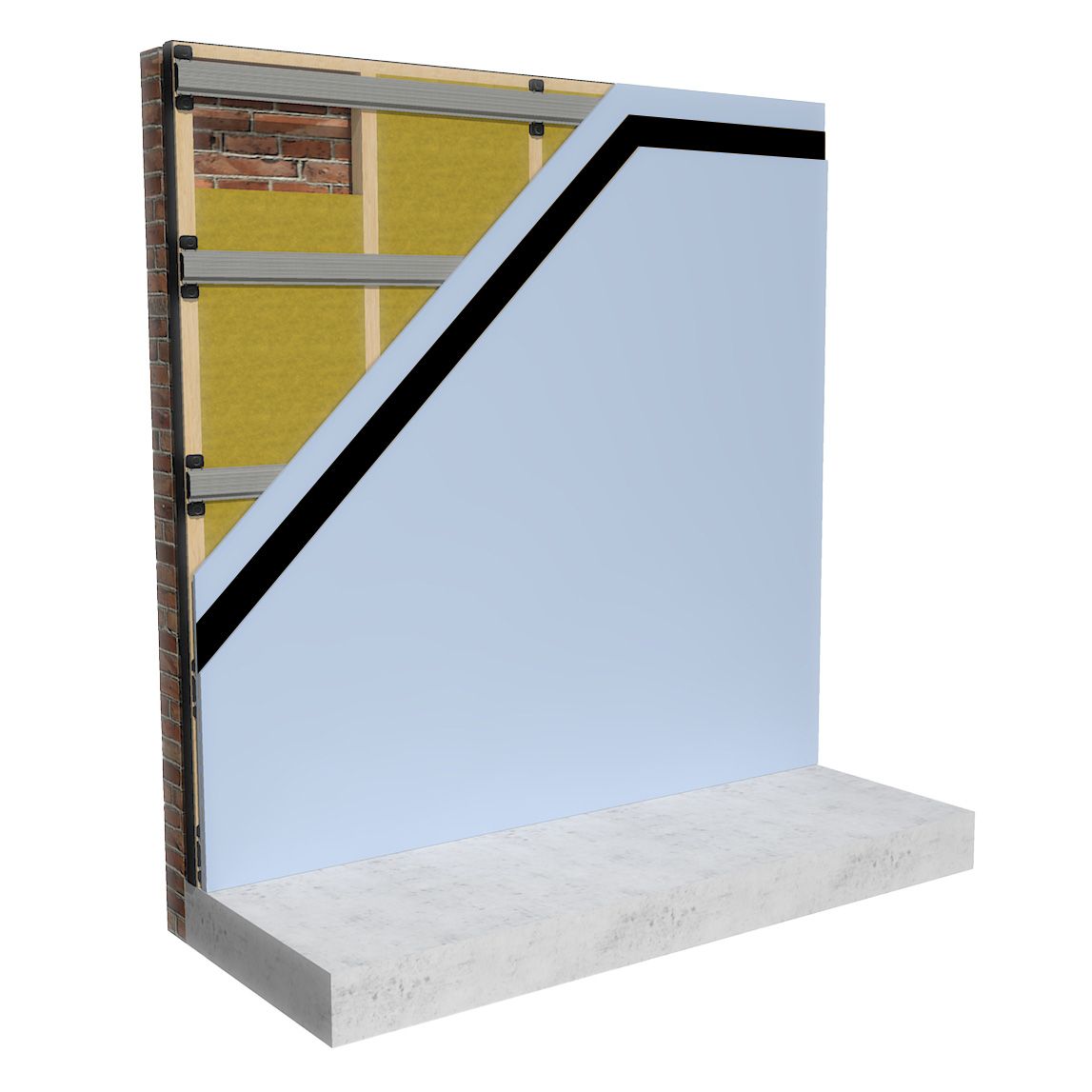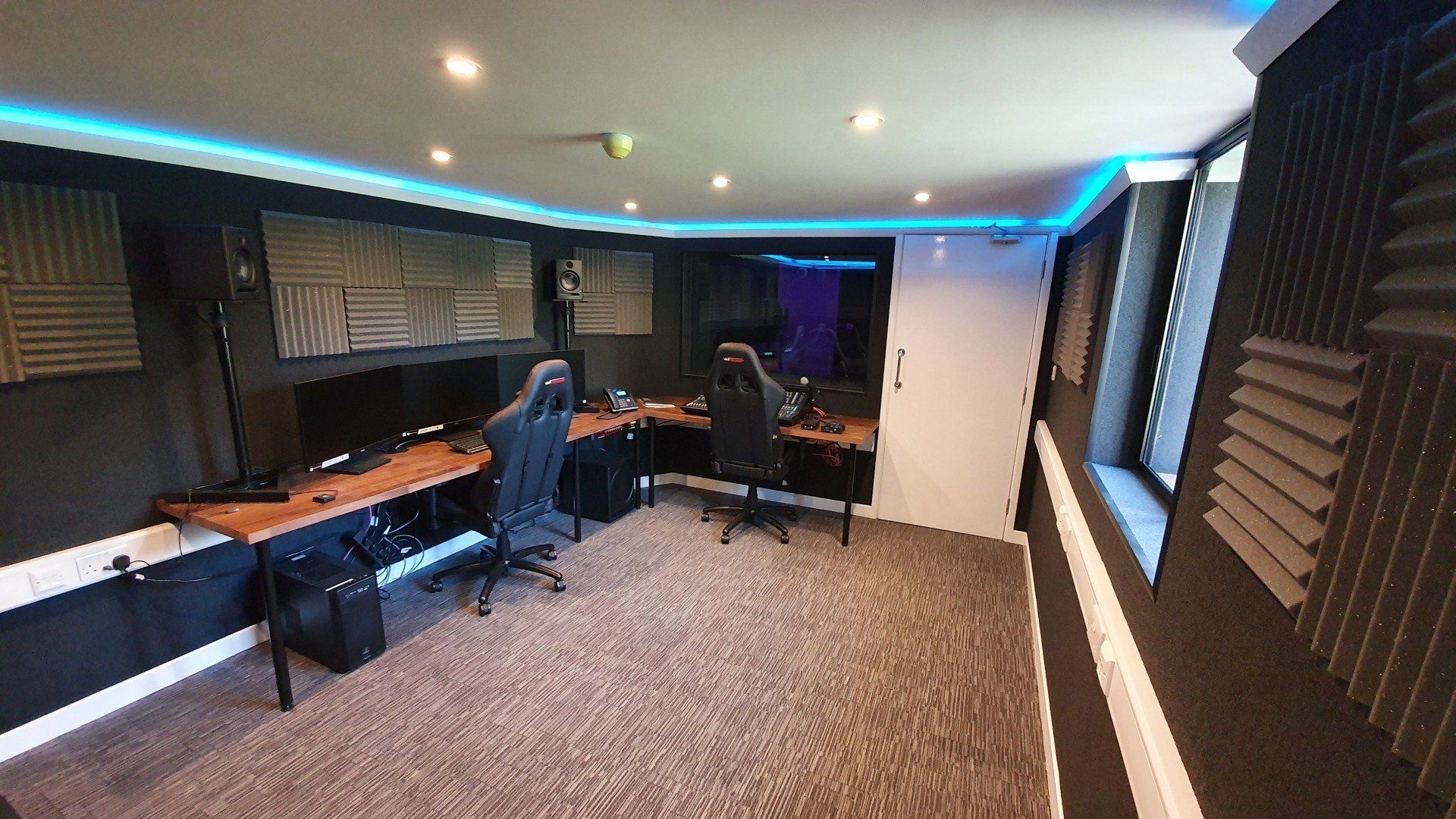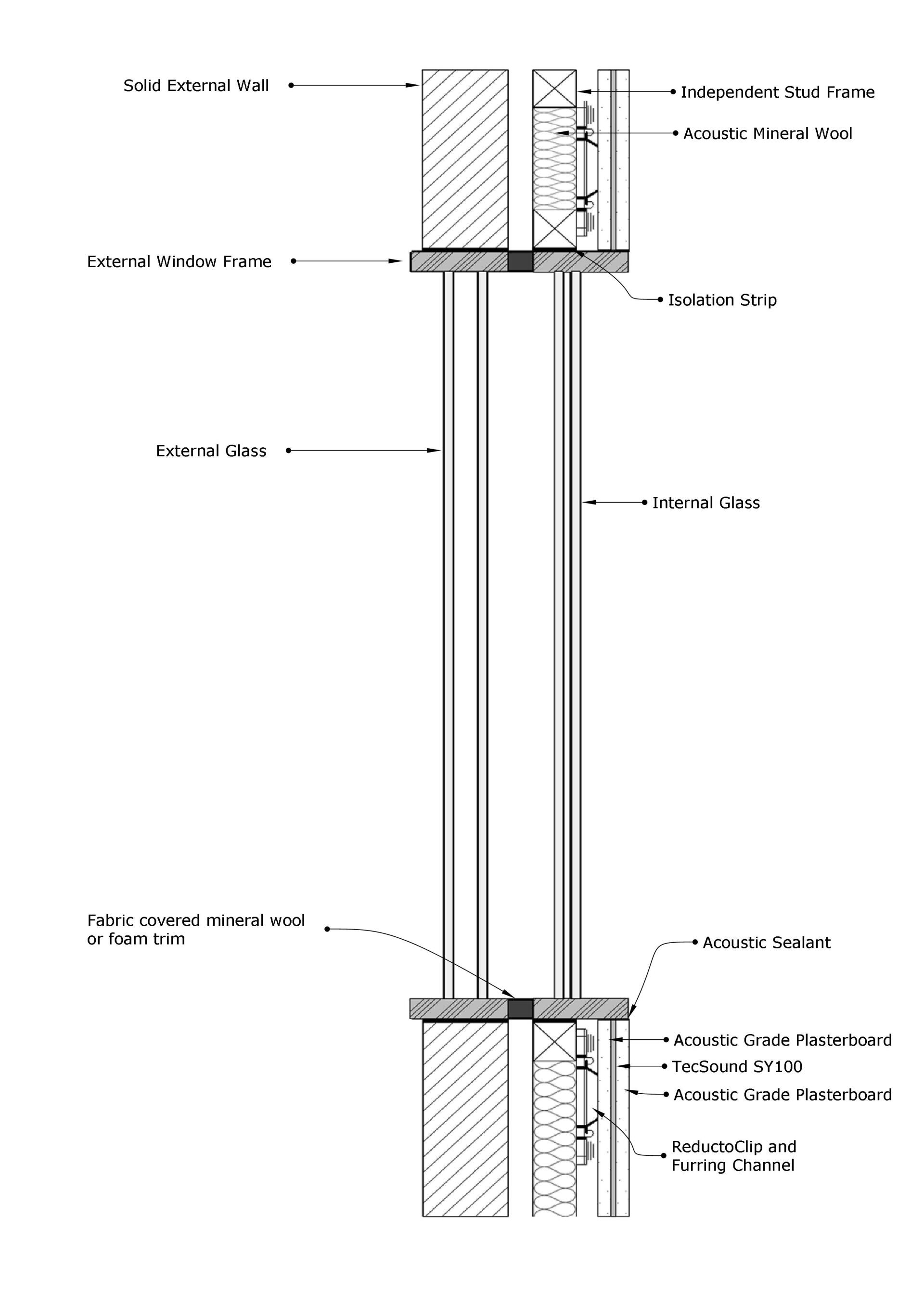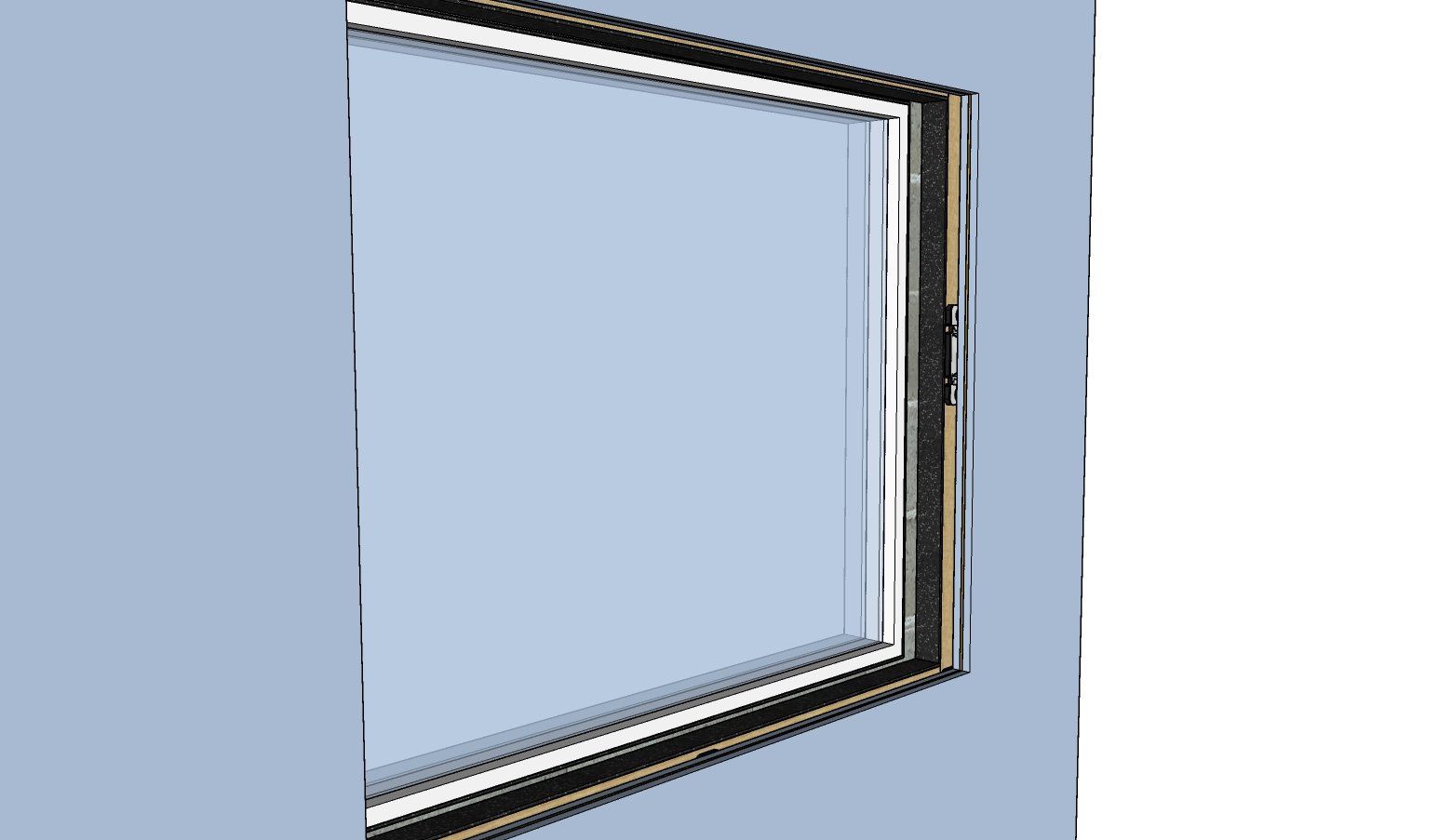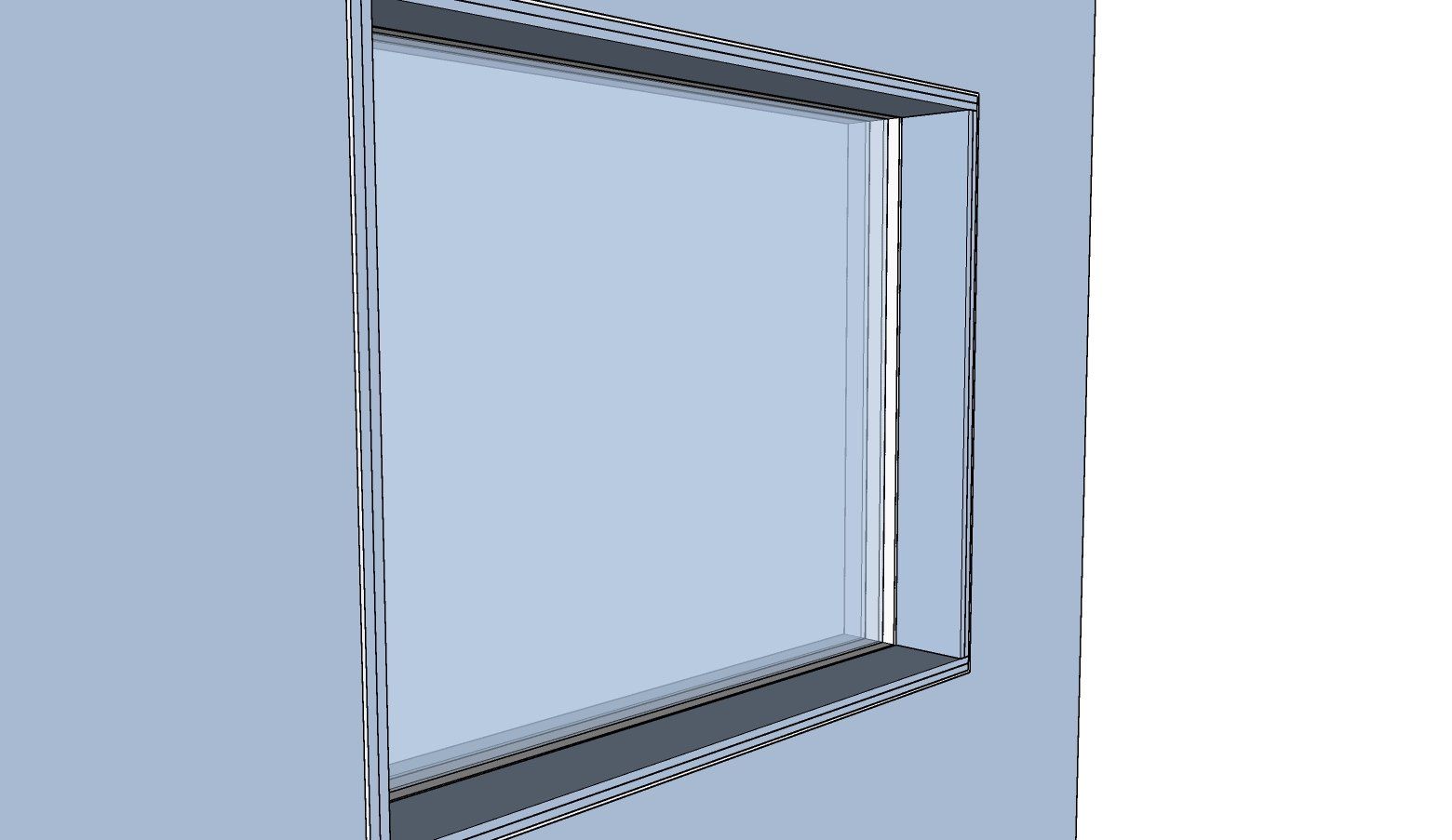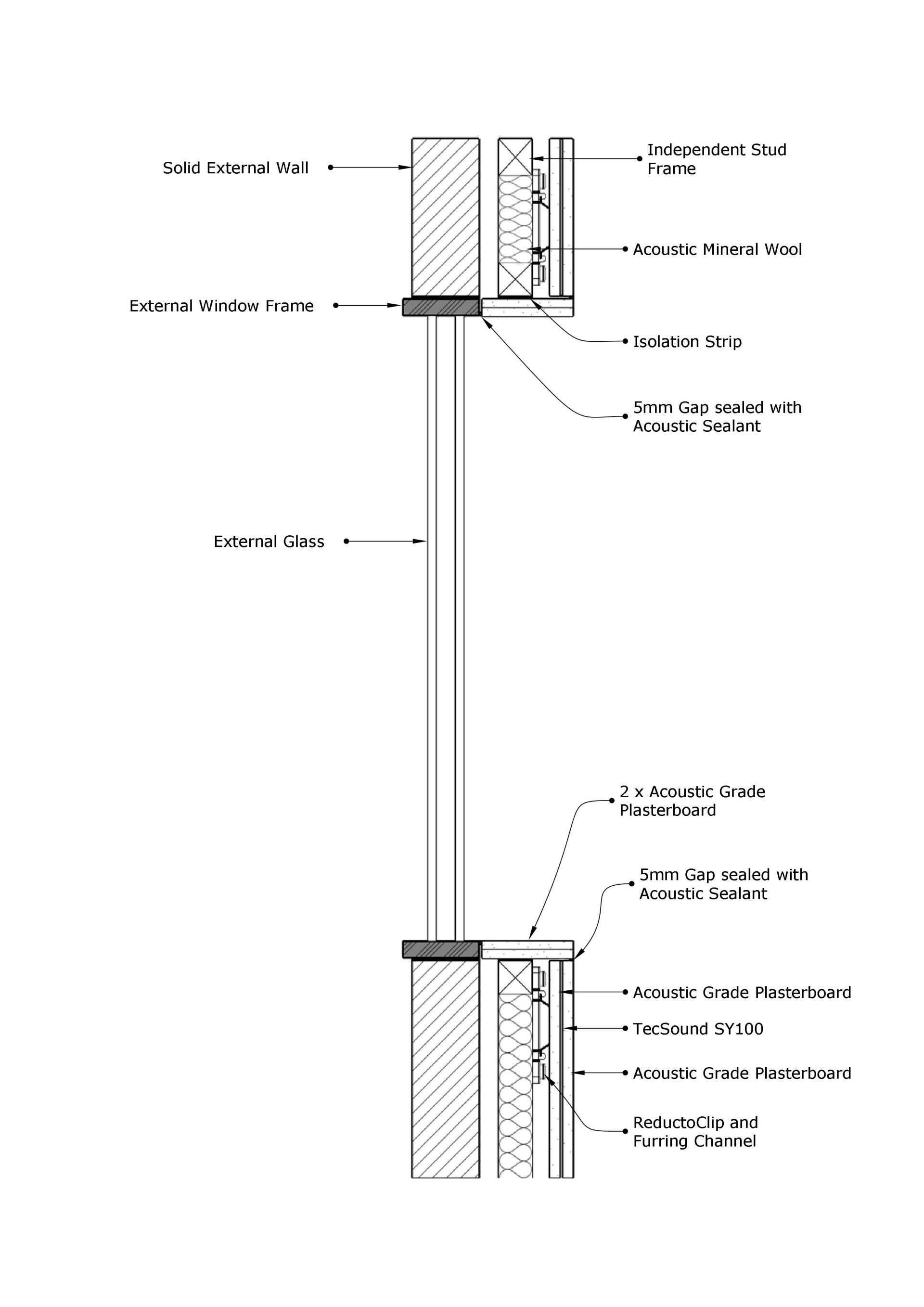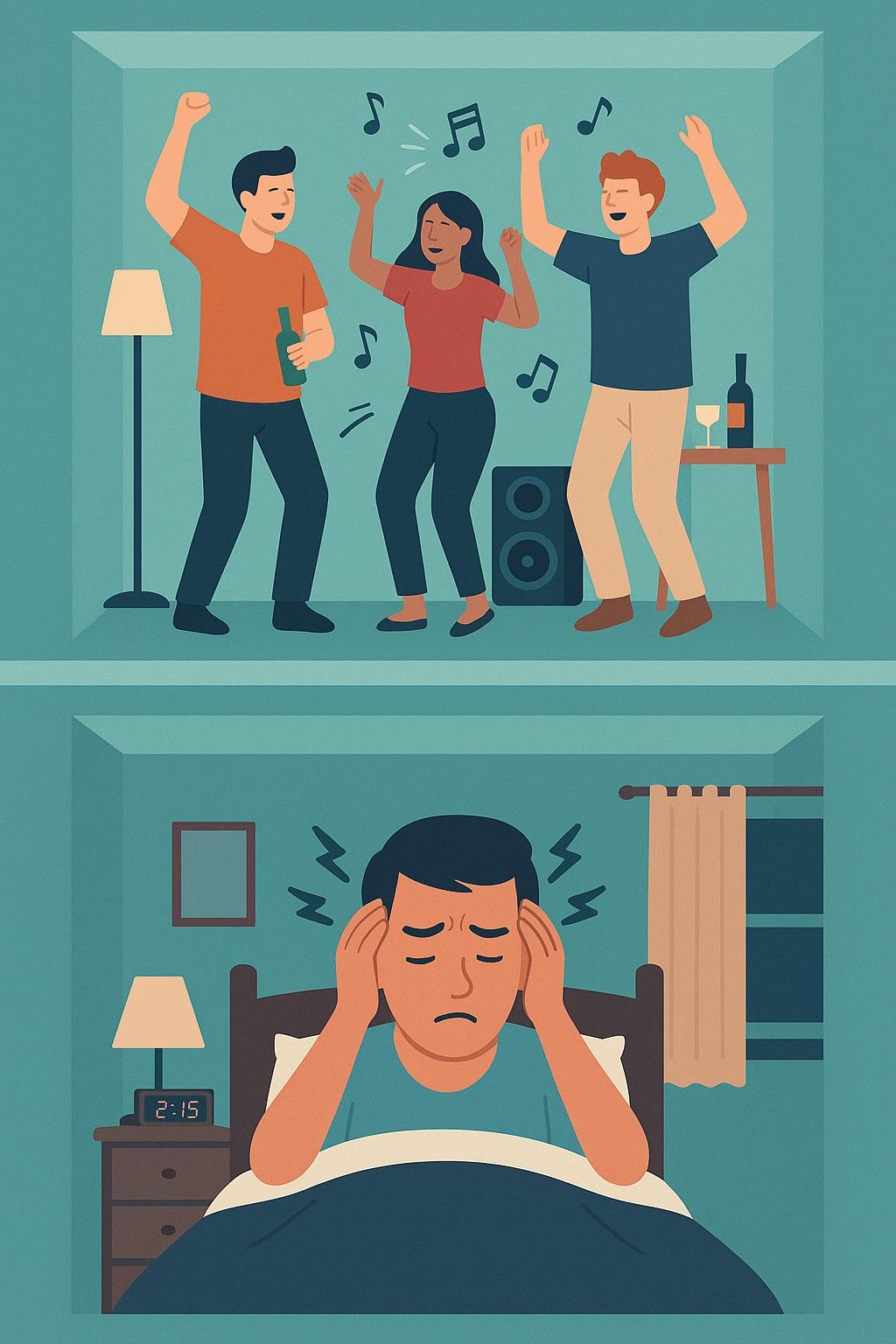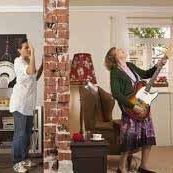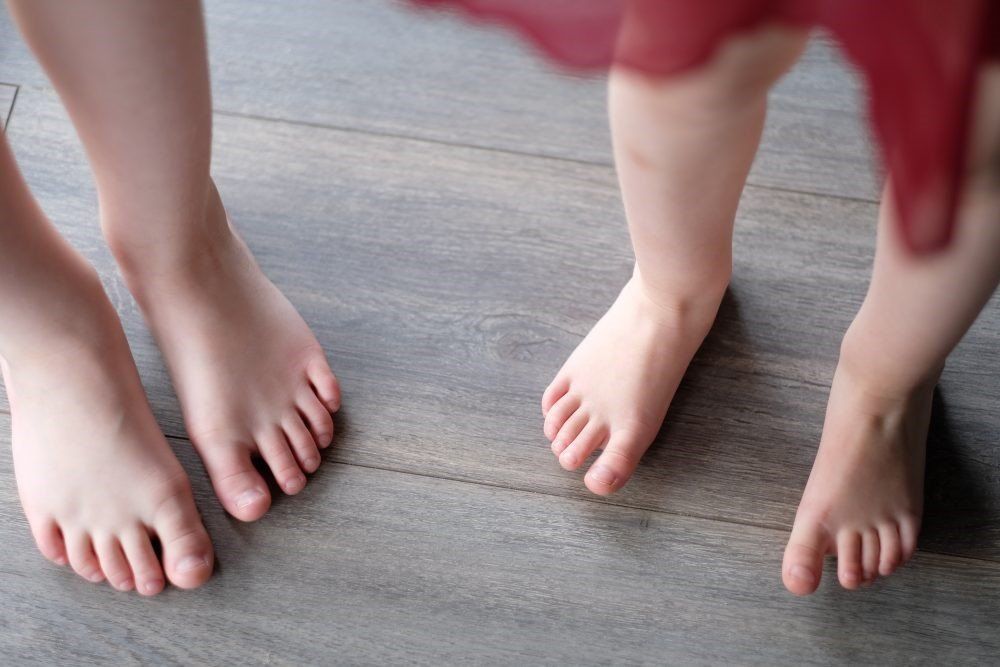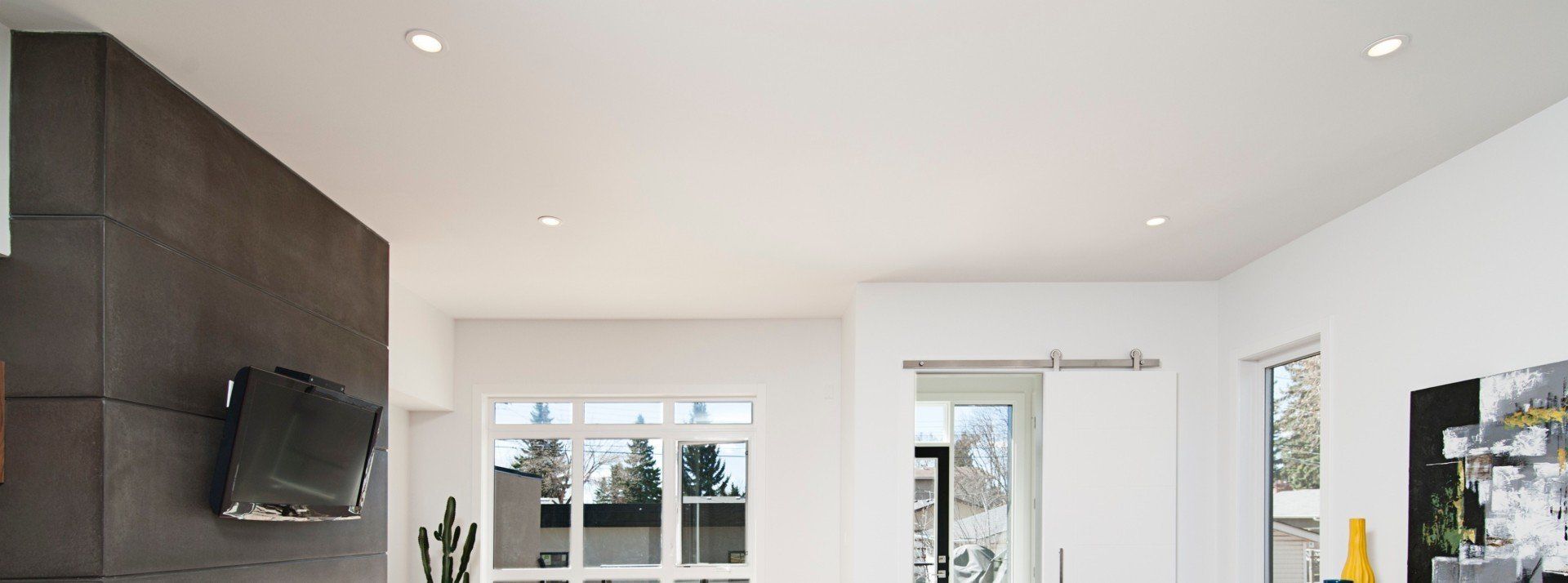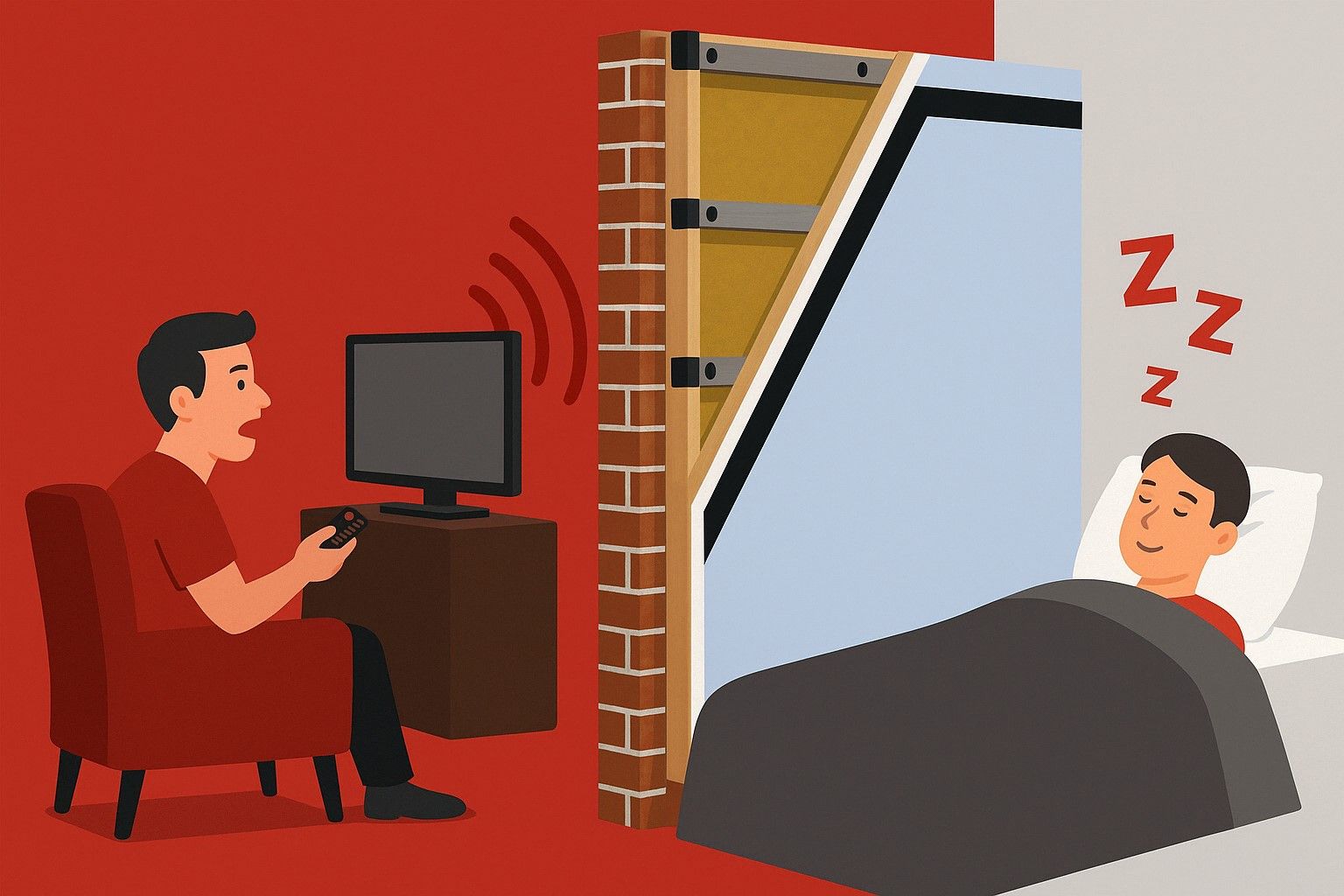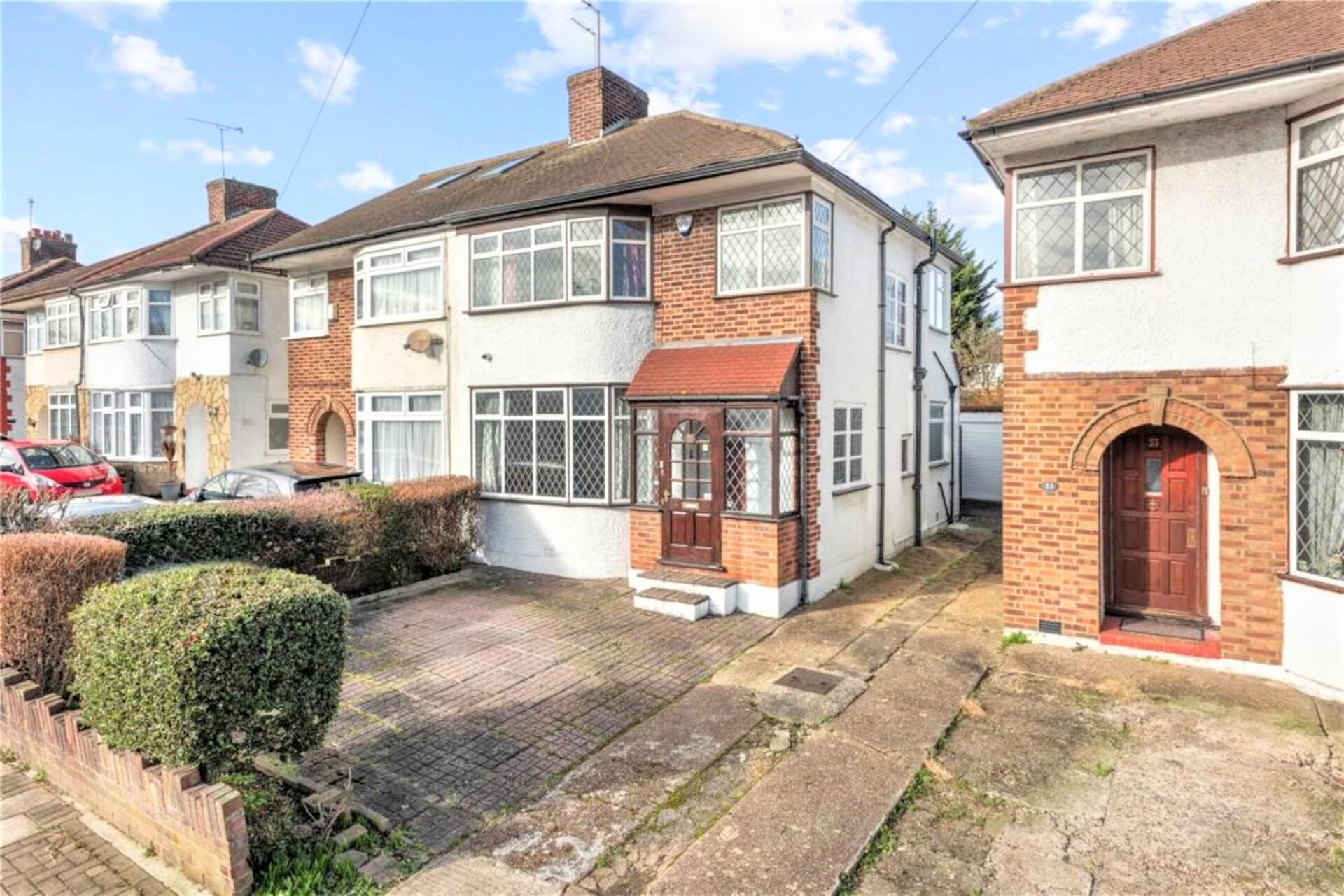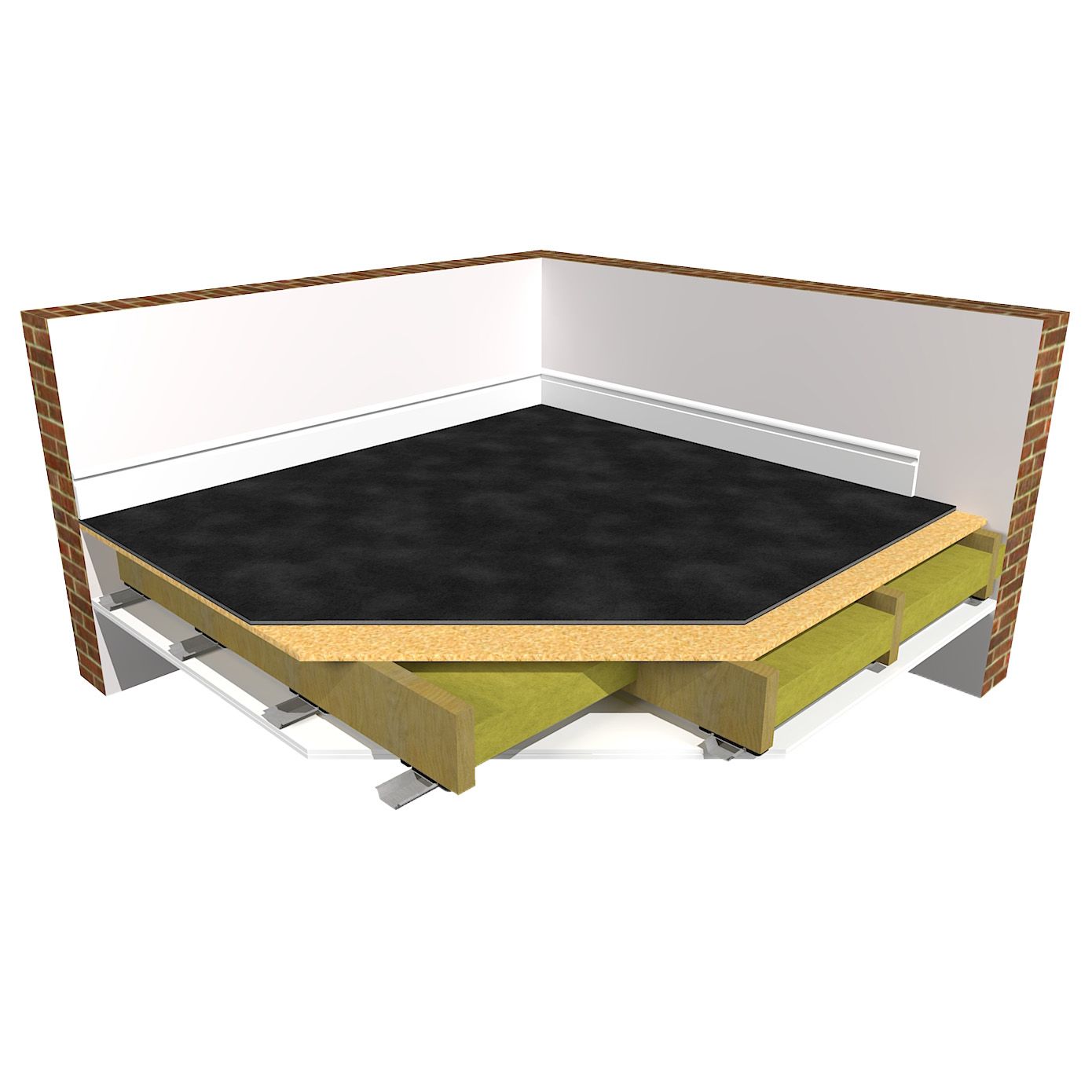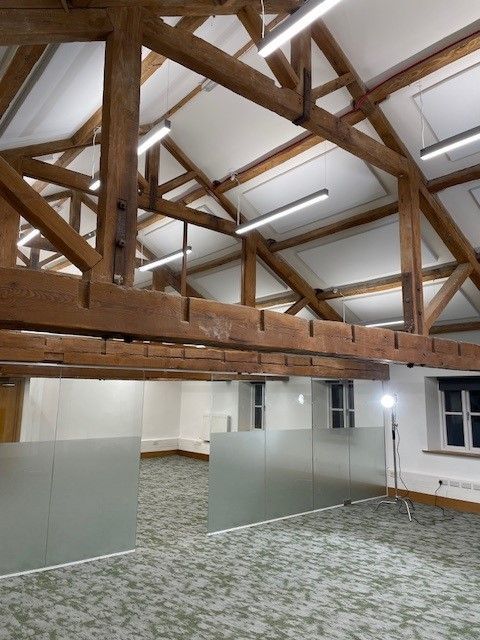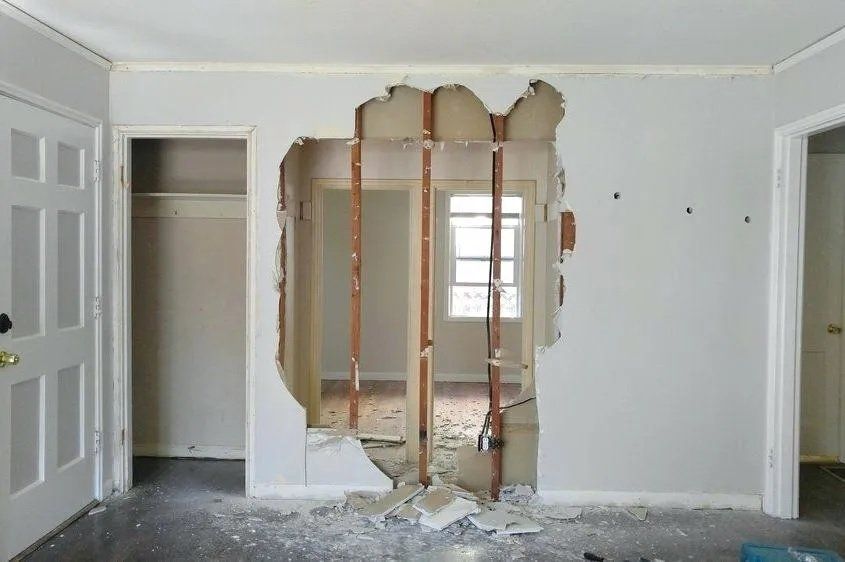How to Soundproof a studio window
Here at The Soundproofing Store we are very experienced in the design and supply of soundproofing systems for Recording Studios and Practice Rooms from home studios to professional studios. In this blog we talk about the best solutions for soundproofing the windows within your music studio.
How to soundproof the windows within a music studio?
One thing that comes up on a regular basis is how do I soundproof the windows in my studio?
Windows will always be the weak link as they have far less mass than the walls. In a perfect world we would have just one single width door and no windows at all, to get the best results. However, we appreciate that a lot of people like to have some natural light in the room.
This is why it is important to address your windows correctly, as you do not want to spend a lot of money on your project soundproofing the walls, floors and ceiling of your music studio to find that your windows are hindering the performance of your soundproofing.
The key steps to soundproofing a studio:
- Build A "Room Within A Room" - To contain the airborne sound and sound energy / vibration internally and stop it getting to the structure of the building.
- Add Mass - Airborne sound is blocked by mass. The heavier and more dense the surfaces of your inner room are, the more sound it will block.
- Add Resilience - The rooms ability to absorb sound energy and vibration. The surfaces need to be able to flex rather than being rigid.
- Make The Room Air Tight - Any gaps for air to leak through, sound will leak through.
- Upgrade Windows And Doors - These are the biggest weak points of the room with far less mass than the surfaces. Upgrade and Double Up!
For more information on How to Soundproof a Studio, see our
Studio page.
External Windows in a Studio
Our best advice is to either remove windows and large doors and brick them up, or double them up. Because you are building a new soundproof wall on the inside you can have one window on the external wall and another window (secondary glazing) on the inside. This will still be weaker than the rest of the wall, but it will be a minimal weak point now and you can keep your natural light. By adding secondary glazing you would be adding more mass and decoupling the new window from the existing which means you are maintaining your room within a room build, therefore giving better results.
What do I need to consider if installing windows within my studio?
If you are looking at soundproofing windows, then the main thing to consider is airtightness as well as adding mass. Ideally your windows need to have maximum air tightness i.e. compression on the gaskets to minimise air as well as sound permeability / transmission.
The best way to ensure maximum levels of soundproofing would be to use glass of different thickness’ to block out a wider range of sound frequencies on the Hertz spectrum.
It would be most effective to use a thicker glass closer to the source of the sound energy i.e. internally within the studio space and if possible, use secondary glazing internally and then upgrade the double glazed units in your external window which is currently in-situ.
For secondary glazing we would advise for them to be ideally installed 150-200mm away from the external frame.
What if I want to keep my original windows, how do I build the room within a room?
Although secondary glazing is the best option, not everyone wants to go down this route. Therefore, how do you build a room within a room using the existing windows? This is a question that comes up on a regular basis, because the ReductoClip system creates an air gap behind which needs to be fully joined up to another surface otherwise you have an open air gap where sound can easily travel into.
Therefore you would need to build your stud frame just short of the window recess to allow for a build up of two 15mm acoustic plasterboards with FlexiSound 5 sandwiched between, this would need to be screwed directly into the side of the stud frame. Although this is something we wouldn't usually recommend (plasterboards screwed directly to the stud frame), this would be the only way to seal up the ReductoClip system and it would add a lot of mass to these weaker points.
Windows between a control room/live room
With internal windows between rooms in a studio, our advice would be to create a double stud wall as you would for doors between rooms. One window on each stud wall (secondary glazing) to help make these weak points between internal studio rooms as minimal as possible.
Being soundproofing specialists, we do not sell acoustic glass or windows so you would need to contact a glazing company for further information and prices. One company we could recommend would be:
info@granadaglazing.com
01909 499 899
In summary, windows will always be a weak point as they have less mass than the walls, ceiling and floor. The best way to to minimise them as weak points is to upgrade them and install secondary glazing.
If you are serious about soundproofing your home studio or practice room and have any questions or would like help putting together a costing, please get in touch with our dedicated studio team by calling 01423 206208 or book a free 45 mins online appointment with one of our expert consultants to discuss your studio project.
Share
"We don’t expect you to become an overnight expert in soundproofing, that’s what we’re here for."
